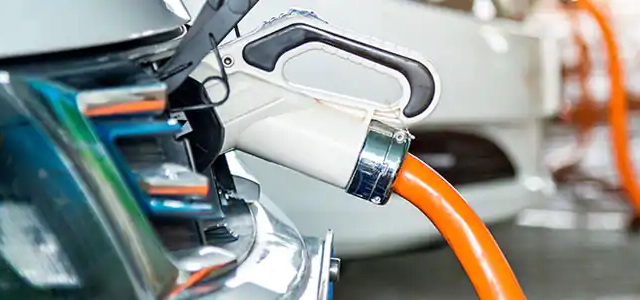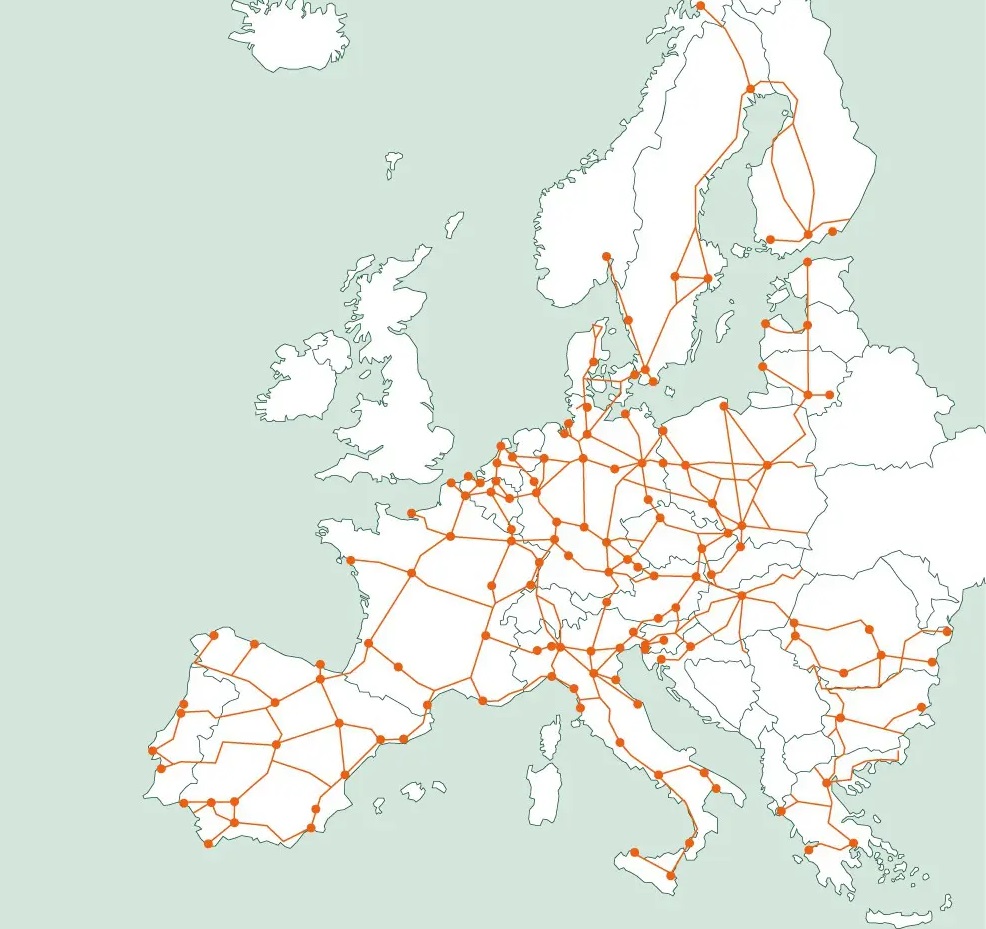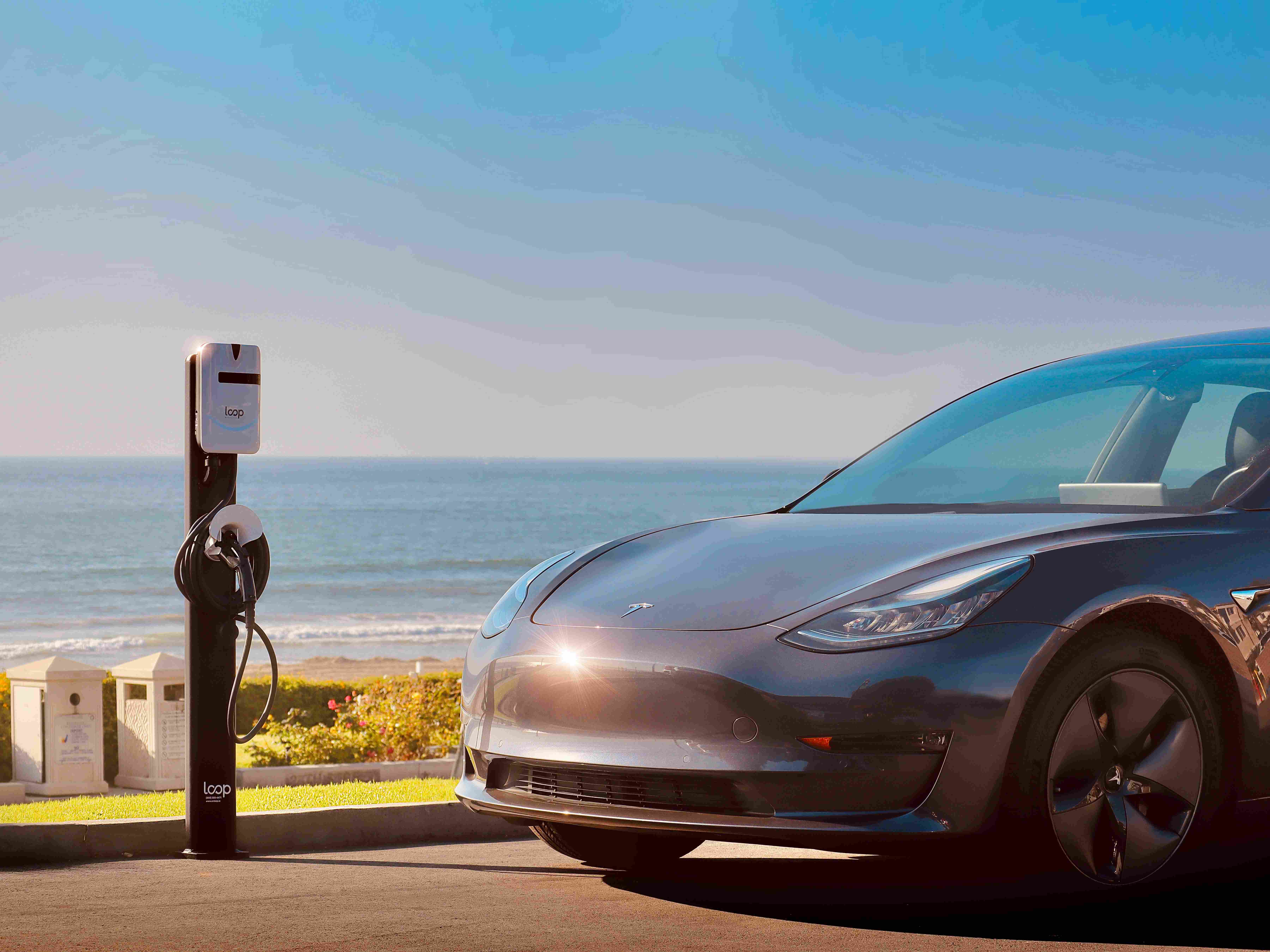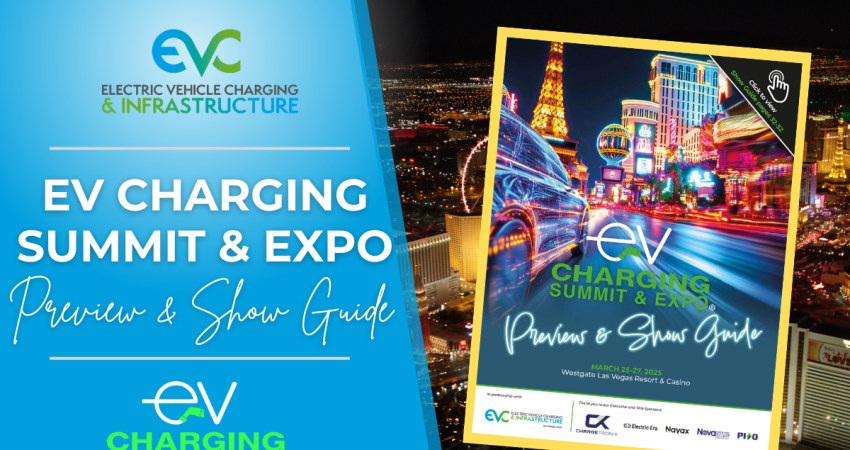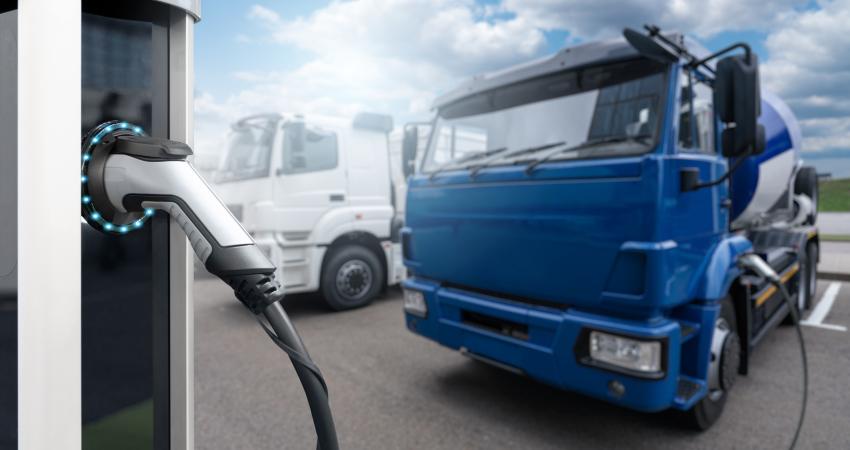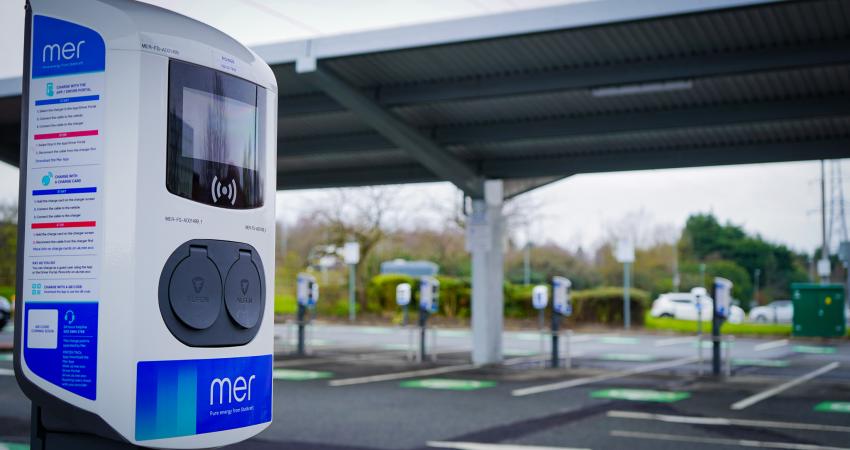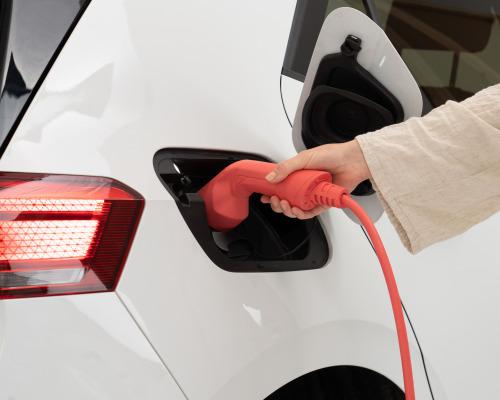
The adoption of EVs is extremely uneven, with adoption in rural areas just a fraction of that in towns and cities. Charge anxiety – and the uneven distribution of the public charging network – has replaced range anxiety, yet there is a network of 500,000 charging points across the country, owned by commercial fleets and private individuals.
Building collaboration and fostering the shared economy to transform accessibility to charging would not only address anxiety but also transform the efficiency of EV fleets, allowing businesses and individuals to embrace a sustainable future without any need for planning changes or additional infrastructure development.
Charge Anxiety: Fact or Fiction?
One significant barrier to EV adoption, especially within rural areas, is the perceived lack of charging infrastructure. While the number of public charging points has risen from 32,000 in 2022 to over 66,000 today, these are primarily within urban areas with high demand.
Incentives for charging providers to invest in charging points in rural areas, when demand is currently low, are yet to be seen. We could be waiting a while longer with consumers’ decisions to hedge their bets and opt for hybrids, which has further reduced the investment appeal for more rural EV charge point infrastructure.
Charging price confusion has also further undermined consumer confidence and, as such, the government must support the Public Charge Point Regulation due to come into force in November 2024. By enforcing standardised pricing models, contactless payment and high levels of reliability, these regulations will be key in boosting consumer confidence in the public charging infrastructure.

Collaborating With Fleet Operators
Logistics companies are investing in EVs to reduce their costs within urban congestion zones and meet shareholder sustainability objectives.
Fast, reliable charging is a vital component of these strategies to ensure last mile delivery targets can still be met. Large fleet owners are increasingly investing in their own super-fast charging sites that deliver a full (80%) charge within 30 minutes.
However, the usage of these charging points is typically restricted to the private or commercial owner. The simple step of encouraging, even incentivising, a more open, collaborative EV charging network could remove any charging anxiety overnight.
EV charging technology already allows fleet operators to prioritise vehicle charging based on the battery level of each vehicle – i.e. a vehicle at 30% battery will take priority over other vehicles with a higher battery charge and charge the depleted battery faster.
Further flexibility can be achieved if fleet operators could pay to top up at a private charging point during the day. This would avoid wasted travel spent finding public infrastructure or returning to the fleet’s hub. If expanded by encouraging fleet owners to share hubs, optimised route planning can become both simple and cost effective across both rural AND urban areas.
Shared Economy
The shared economy is at the heart of the widespread adoption of EVs. When neighbours can simply pay a fee to charge their car, every home does not require a dedicated charger.
Combining real-time visibility of charging costs and availability status with a collaborative mindset between both individuals and businesses will overcome charge anxiety and encourage essential EV confidence.
Undoubtedly, innovative technology will play a key role in managing the demand on the grid and allaying electricity providers’ fears. Long delays in attaining new Distribution Network Operator (DNO) connections, especially in rural areas where electricity supply is limited, are slowing down the deployment of new assets for both fleets and public charging providers.
Fears regarding the additional demand on the UK’s outdated infrastructure are valid: there were almost 20 unique grid imbalances in 2023.
Technology that detects imbalances in the electrical grid, in exchange for pausing charging sessions to help prevent power blackouts, is already widely used in the Nordics and can transform reliability.
Add in technology that actively nudges behaviour change to avoid overloading the grid at specific points, and the rapid escalation of EVs can be safely and sustainably achieved.
Time to recharge the journey to EVs
To recharge the journey to EVs, government and industry must work together to continue boosting accessibility across the country. First time drivers need to be inspired to start with an EV. Seeing is believing.



